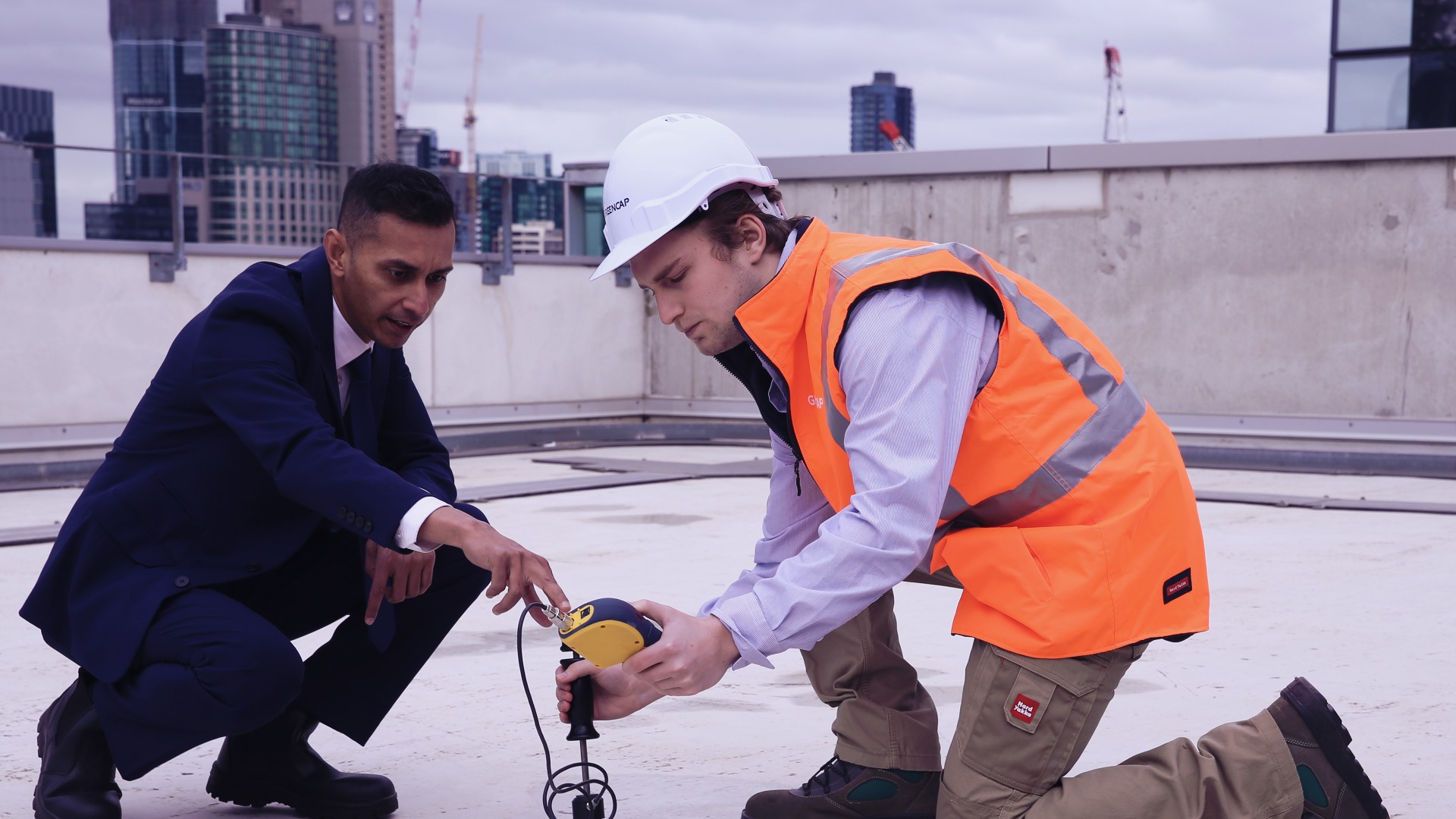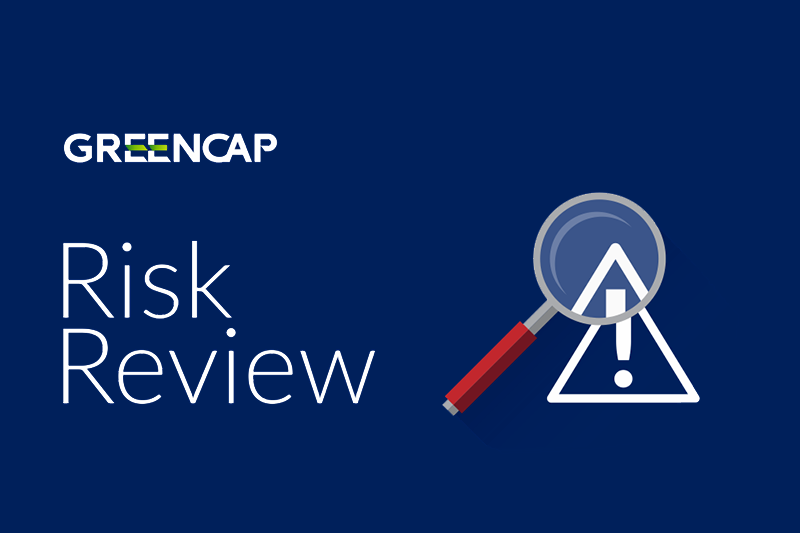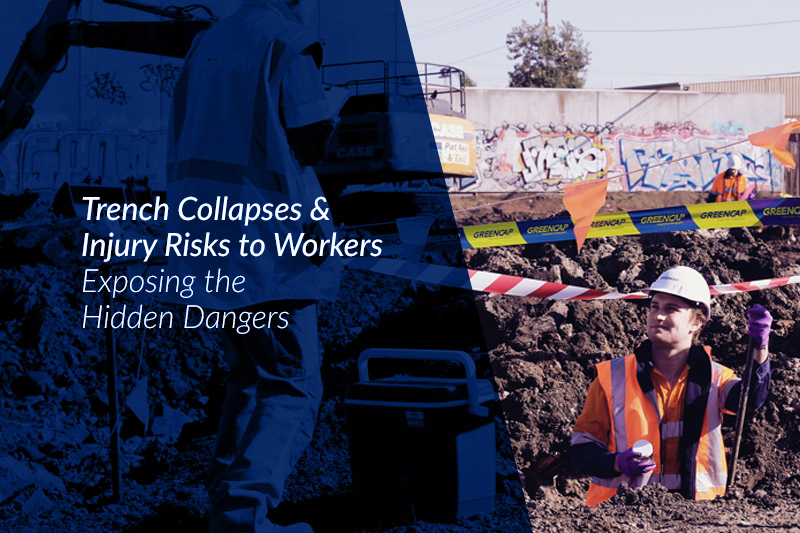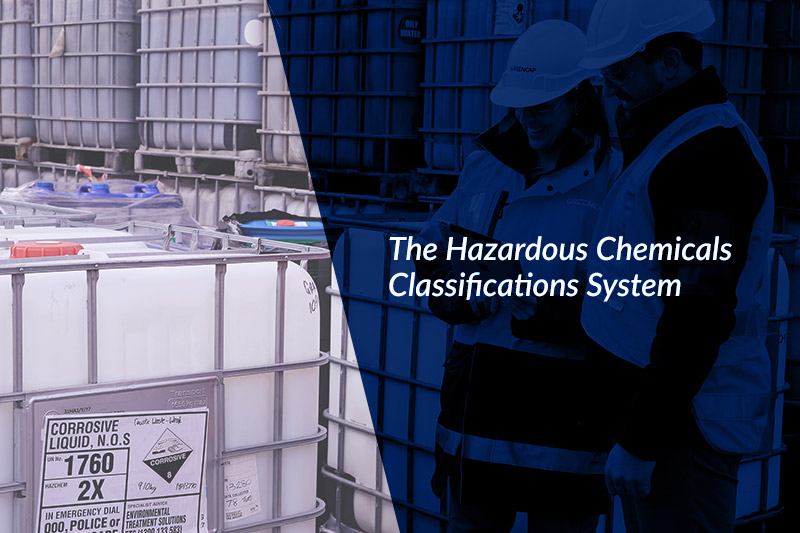News & Insights
Monitoring & management of water in buildings
The design and effective management of water systems in buildings is critical to ensure the safety of building occupants. In Australia, building owners have a legislative obligation to ensure their water systems, particularly hot and warm water systems and cooling towers, are acceptably managed to reduce the risk of microbial growth.
Following prolonged lockdowns in NSW, Victoria and ACT, the reoccupation of workplaces, and transitioning away from working from home is occurring as these states start to re-open. Water-related hazards should be a key consideration for managers of buildings whose cooling and other water systems have been dormant, or at a lower level of activity during the lockdown.
Stagnated flow, and/or reduced biocide and chemical dosing rates of cooling towers, creates a suitable environment for the growth of microorganisms such as Legionella, and build-up of heavy metals from possible pipe corrosion.
Medical, health care and aged care facilities, which are utilised by immune compromised individuals may be particularly vulnerable to water-related hazards. Proactive and ongoing management of these hazards is critical, as high-risk exposures frequently result in significant harm, with large disease outbreaks able to occur before faults within water systems are detected. A responsible person (one who owns, manages or controls) any cooling tower and cooling water system, or a water delivery system in premises (such as a hospital or aged care facility) must take all reasonable steps to manage water system risks.
Maintenance planning for anticipated periods of reduced occupancy or intermittent use, such as Christmas shutdowns or during pandemic lockdowns, can significantly reduce the risk posed by water-related hazards in buildings.
Risks
Legionella
Legionnaires' disease, a potentially fatal form of pneumonia, and a milder illness, Pontiac Fever, are part of a group of bacterial infections caused by Legionella pneumophila and other Legionellae. An infection caused by one of this group of bacteria is known as legionellosis.
It is now well known that constructed water systems such as spa pools, showers, car washes and cooling towers can provide suitable environments for the survival and multiplication of Legionella bacteria. Outbreaks of Legionnaires’ disease in Sydney and other Australian cities in recent years have been linked to improperly maintained cooling towers, often installed atop large buildings in busy CBD locations. Aerosols produced from colonised systems may carry the bacteria in breathable droplets over relatively large areas, thus exposing vulnerable people to infection.
Building owners and managers of cooling water systems have legal responsibilities to ensure that systems under their control are operated, monitored and maintained at a high level and are compliant with relevant state and federal legislation.
Australia has no overarching legislation governing Legionella control in cooling water systems and each state and territory has its own documented Code of Practice, guidelines and/or legislation.
Legionella in water distribution systems - Health & aged care facilities
Legionella is a significant concern in health and aged care settings due to the presence of people with clinical risk factors. These include the very young or the aged, or those who have compromised immune systems due to underlying health conditions such as diabetes, chronic pulmonary diseases, or cancer.
Unlike the risk posed by contaminated cooling towers, the risk in healthcare settings is generally one of potential indoor exposure. The reticulated water systems in these facilities, which supply heated water at temperatures lower than 60°C, (the temperature above which Legionella is rapidly killed) may harbour these bacteria and allow for their multiplication and possible dissemination in patient-exposure settings such as showers, for example.

Moisture testing on the roof of a building - Image © Greencap
Mould & non-regulated microbial risks
There are other risks related to water in buildings which are less well defined or legislated than Legionella, making management and mitigation strategies complicated and often conducted with a lack of high-level regulatory guidance.
Mycobacteria, pseudomonas and biofilm- inhabiting organisms may colonise water systems alongside other bacteria. Even in the absence of Legionella, these may cause illness which is seldom tested for or recognised. Un-regulated water systems, such as systems used for dust mitigation or equipment water supplies on industrial sites, may also become contaminated with environmental debris, producing conditions conducive to microbial growth.
Within these unregulated systems, on-site activities may be a source of contamination, where processes such as pressure washing of roofs or solar panels to remove dust or avian waste may contaminate non-potable rainwater systems, or allow of pressurised ingress of debris into systems such as cooling towers or nearby polished or high-quality process water.
Other risks
Metals such as lead or copper, can enter potable water supplies due to corrosion of pipes and fixtures within a buildings’ water system, particularly following prolonged periods of low water use, where minimal flushing of the system is occurring. Where water is stagnant in pipework for a long time, the water chemistry can itself become more corrosive as anti-corrosion chemicals are depleted.
Physical leaks in pipework and connections can also be problematic, as even small leaks are able to cause significant water damage if unaddressed or undiscovered. Any water trapped within the building envelope may ultimately produce ideal conditions for mould growth, which presents a risk to both human health and the building fabric. When discovered, the presence of mould may result in expensive remediation, particularly if within healthcare facilities or other sensitive building uses.
Risk Control
Controlling Legionella Risk
States and territories individually address Legionella control in Cooling Towers/Cooling Water Systems. The Australian Government has published enHEALTH (2015) Guidelines for Legionella Control in the Operation and Maintenance of Water Distribution Systems in Health and Aged Care facilities to provide guidance on best practice in such facilities.
The Health Departments of the states and territories endorse these national Guidelines, which sit above their regulatory framework.
While each state and territory sets out its own management framework and legislation/guidelines or Code of Practice for the appropriate control of Legionella risk in water systems, all adhere to the same following governing principles:
- A water treatment program, as appropriate for the specific water system, to inhibit corrosion, biofouling and scale, or microbial contamination. This may include a combination of chemical dosing, ozone or UV disinfection, cathodic protection systems, filtration, or ensuring heating of the water to a specific temperature
- A Legionella risk assessment of each water system to determine maintenance and monitoring frequencies
- A defined water sampling and testing program, with documented corrective action procedures, as part of routine verification monitoring
- An inspection and cleaning regime as per legislative requirements or best practice on a regular, defined basis based on the risk assessment of each water system and/or,
- Clearly defined emergency shut-down, decontamination and restart procedures in the event of contamination.
Managers of water systems, facility managers, and building owners need to be aware of the relevant state legislation and/or best practice guidelines which dictate the appropriate management of water systems in their state or territory, and should no legislation exist, must take all reasonable steps to manage the risk of Legionella.
Controlling other risks
The control protocols required for Legionella risk management will also effectively monitor and control non-regulated microbial risks. Regular inspection and maintenance of cooling towers and water systems, particularly during periods of low building occupancy, ensures water systems are regularly flushed and dosed irrespective of building usage. Regular inspection also provides the opportunity for early leak detection and repair, thus preventing the potential for mould growth within the building fabric.
For further information:



Greencap acknowledges the Traditional Owners of Country throughout Australia and recognises their continuing connection to land, waters and culture. We pay our respects to their Elders past, present and emerging.



